Reading Environmental Print
Submitted by Jaime Brown on Oct 03, 2016
They learn to read in the stores, on the road, in their own pantry. Children can identify their favorite box of cereal, fruit snacks, cheese sticks, and granola bars. As they ride in the car, they read the signs of restaurants and stores. As children explore the grocery store, they read items they recognize. Young learners recognize these famous logos at home, at school, at their friend’s house and on the road. It is an important step in learning to read print. However, as we know, it is much harder for students with low vision to learn to read environmental print. We need to create opportunities for them to see the print and learn to read it. With a little bit of effort and creativity, students will be reading.
How Can Environmental Print Be Taught?
Environmental print can be taught in several different ways. The activity needs to be meaningful and fun. Environmental prints should be brought to the reader initially. In school, students need to read the print to choose their food for snack. At home they can read the print in grocery and store ads to make a list for shopping. They will be able to recognize their preferred items on store shelves. In the community, students can choose a restaurant or store based on their signs. Work with the family to identify and support these Expanded Core Curriculum (ECC) activities.
Environmental Print and the Expanded Core Curriculum
Environmental print activities can support the following areas in the ECC: compensatory, independent living, recreation and leisure, orientation & mobility, sensory efficiency skills and use of assistive technology.
-
Compensatory:
Reading large print with or without optical aids, identifying and using a communication mode, using calendar systems.
-
Independent living:
Developing skills such as choice making for items, preparing snacks and meals, and organizing lists
-
Recreation and leisure:
Exploring and choosing preferred stores and restaurants.
-
Orientation & Mobility:
Navigating the store, locating items on the shelves
-
Sensory efficiency skills:
Using a monocular to locate aisles in the store, using a magnifier to read print logos, using augmentative communication devices.
Create Your Own Book of Environmental Print
Make a book of environmental print that is relevant to your learner. An easy way to do this is to print familiar logos. For food items, you can cut the front of the box – such as the front of a Cheerios box. Attach a small Ziplock with the food item inside. Glue each logo on a page. Label the store or item in large print. Bind the book for durability. You can either do one book for each category, or make a book with several categories. Examples of categories are stores, restaurants, groceries, school.
Environmental print can be taught to a variety of ability levels. Here are some ideas for reaching all learning styles. Put braille on the print also so braille readers can learn to read the labels also.
Activities for the classroom:
- Fill your room with print in a natural setting. In the housekeeping center, bring in empty boxes of cereal, granola bars, fruit snacks, crackers etc. Encourage students to engage in pretend play. Identify the brand name of the food, and the type of the food. In the classroom, students can “shop” in the housekeeping center. Display a picture of the food ads on the wall or on an Invisiboard.
- At snack time or lunch time students can choose food from their original container. For example, let’s get a box of cereal. Which one do you want? After they become more familiar with and identify the labels, you can move to partial boxes. Cut off the front of the box and secure it to the wall or make a book. Students can look at the “menu board” to read the menu and choose their snack. As an extension activity, a smaller menu can be made. Students can flip through their menu book or read a menu page with labels on it (add picture). This skill can be generalized for reading the school menu throughout the school year.
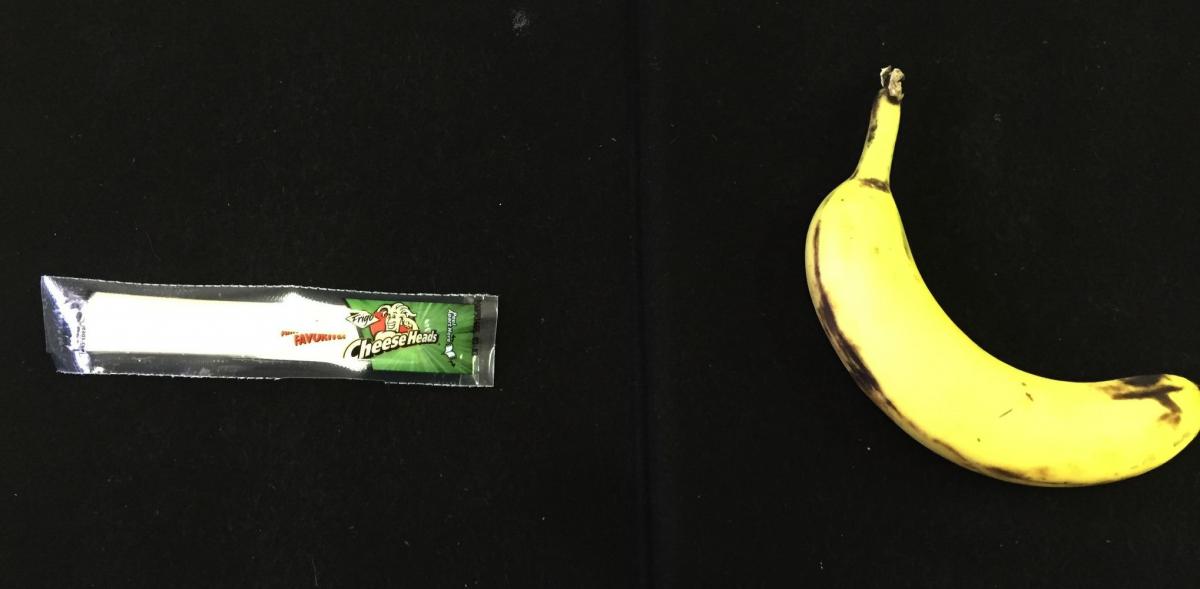
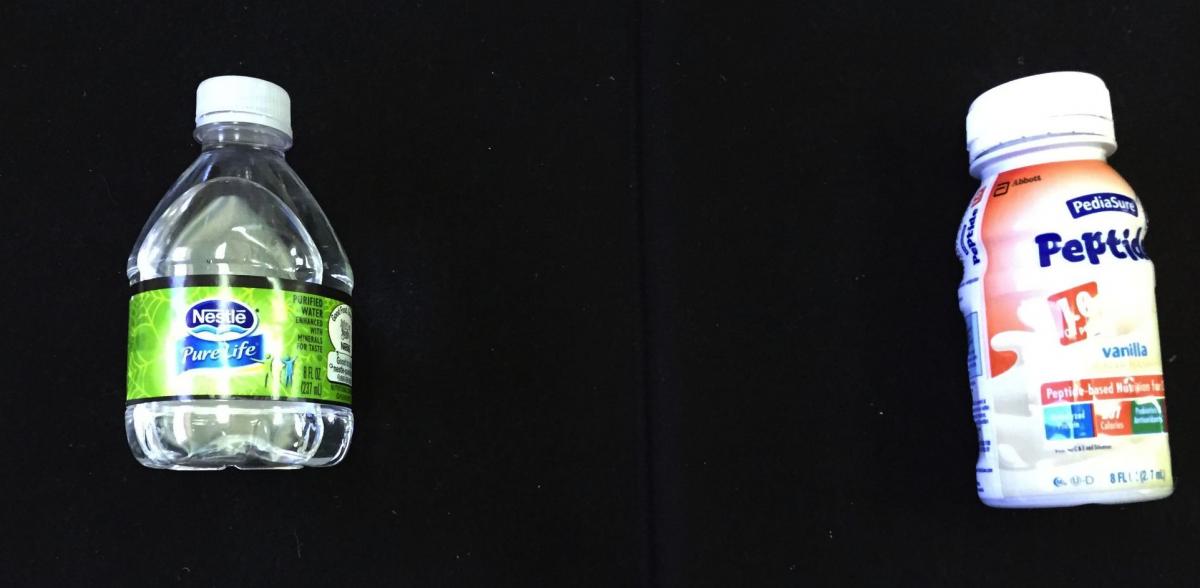
- Shopping at the store: Students can make a grocery list by reading their food boxes or picture cards. Then for a field trip, take the picture list to the store and shop.
- Cooking activities: students can read the recipe and then prepare the food. Examples of easy to read recipes are making s’mores (using pictures of a marshmallow bag, graham crackers box and Hershey bar wrappers), rice krispie treats (rice cereal, marshmallow bag, butter wrapper), fruit smoothie (milk or yogurt, fruit), or individual pizzas (premade dough, pepperoni, and cheese).
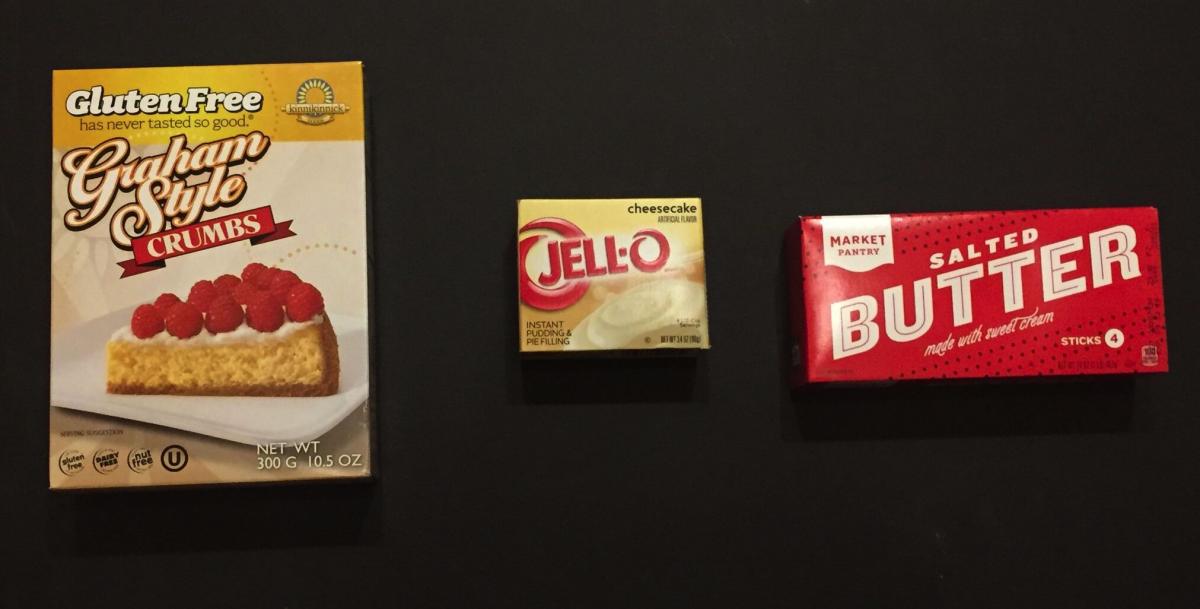
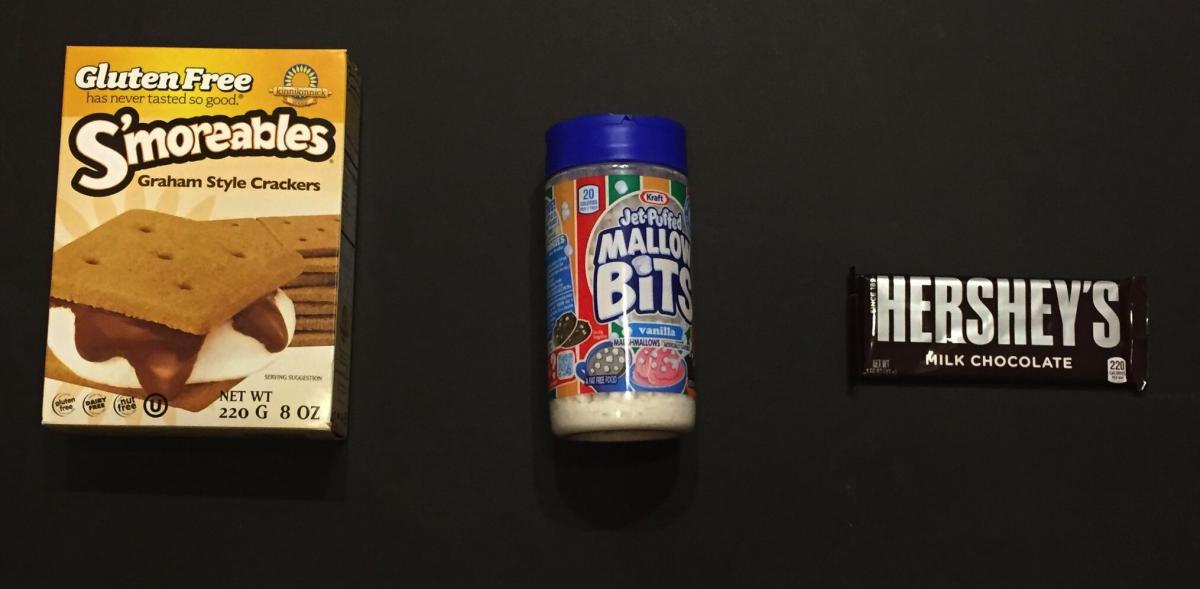
- Writing: Use the book as an aid in writing activities and experience books. The logos can be used as story starters. For example: What did you eat at McDonald’s? Did you like it? Students can dictate their answers. Encourage them to scribble, write letters or type. This activity can be modified for a student with limited expressive language or expanded for a student with more words
Extension Activities
- Home/Family ECC activity: Families can make a restaurant book with pictures of sign of restaurants. Students can choose their restaurant from looking at the pictures. When families go to the restaurant, they can compare the logos to match them. So although students with low vision may not be able to see the marquee signs, they can recognize the logos that are placed throughout the establishment.
- On the road: As you are driving with your child or riding with a student on the bus, you will most likely pass familiar places. Point them out to your learner. For example, “I see a large yellow ‘M’, that’s McDonalds, or I see a large red circles that’s Target. Find the logo in the book. As you go thru the store, look for the logo on items. Compare it to the logo in the book.
References/Resources
These two websites have a wealth of information regarding literacy. Visit American Foundation for the Blind and Reading Rockets.
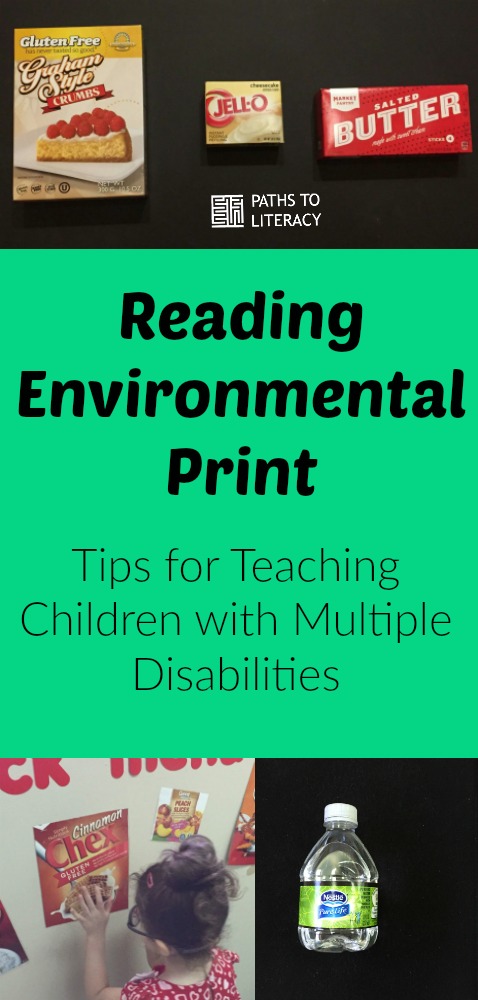

Comments
Terrific Post!
environmental print